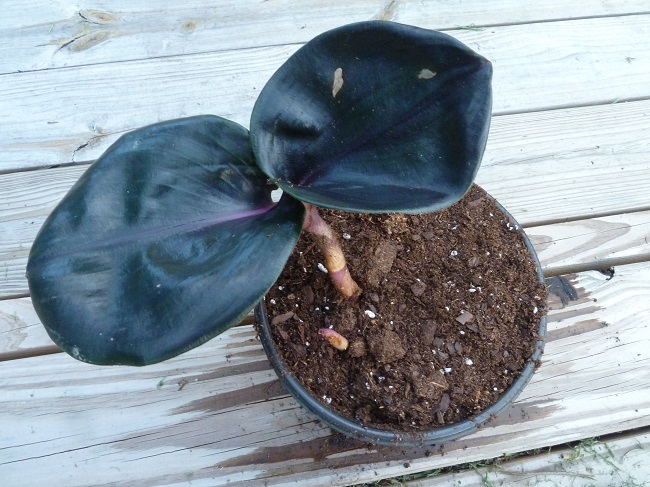Geogenanthus ciliatus is the botanical name, but the common name is “Geo.” Costa Farms introduced the plant to the public earlier this year. There are numerous popular houseplants that are linked to Geo, such as inch plants (Tradescantia), teddy bear vine (Cyanotis), and oyster plant (Commelinaceae) (Rhoeo).
Geogenanthus has only three species, and only two of these have been offered for sale to the general public until this year. Thanks to plant hunter Mike Rimland, G. ciliatus is now widely accessible in garden centres and online through Costa Farms. When he was searching for plants in Southeast Asia, he came across Geo, which is actually a South American plant.

TPIE, an industry trade fair featuring the latest trends in foliage, florals, and tropicals, was abuzz with talk of Geo this year. In the TPIE New Plants and Goods Showcase, attendees voted on their favourite plants and products, and Geo was named the “Best New Foliage Plant” for 2022.
Geogenanthus Spectacularities
Geo’s colour and texture are its most striking aspects. They have glossy dark green tops and velvety purple-black lowers that contrast sharply. For an indoor atmosphere, Geo’s leaves are thick, making it ideal. Plants with thicker leaves are less likely to develop brown edges because they take longer to dry up.
Read Also:
With its natural mound shape, Geo is a beautiful addition to any tabletop or large-scale terrarium. If all of the parameters for the plant’s growth are met, it can reach a width of 24 inches and bear small, purplish flowers.
Geogenanthus Care Instructions
If you give Geo what it needs, it’s simple to grow and manage.
Light:
When it comes to lighting, Geo likes natural light over artificial sources. Its deep purple leaves will fade if it is exposed to direct sunshine.
Water:
In terms of moisture, Geo prefers a moist but not saturated soil. When the soil becomes too dry, the plant begins to wilt rapidly, yet it soon recovers after being watered. Every time the soil on top seems dry, check it twice or three times a week and apply water.
Humidity:
However, Geo favours a higher level of humidity than most people, yet he is able to adapt to a wide range of indoor humidity conditions. Once in the morning, sprinkle the air with water and let it evaporate, creating a more humid environment. A dish with an inch of pebbles can also be used to support the plant. To raise the humidity level surrounding the plant, add water to the tray until the pebbles are half-way up the tray.
Feeding:
Geo doesn’t need to be fed on a regular basis, but regular fertilisation will help it grow more quickly. It’s plenty for Geo to feed his indoor plants with an all-purpose fertiliser.
Read Also:
- Los Angeles Lakers Fighting Just To Make N.B.A. Playoffs+5:54
- Unti Oak Bluffs Novel #2: A Novel Sunny Hostin
Pruning:
Geo’s trimming needs are minimal. It takes on a low-mounded shape on its own accord. As necessary, remove any dead or yellowing leaves.
Pairing:
Alocasia baginda ‘Silver Dragon’ or Begonia maculata look great with Geo’s gorgeous dark foliage. If you’re looking for an eye-catching centrepiece, this is the right choice.









































